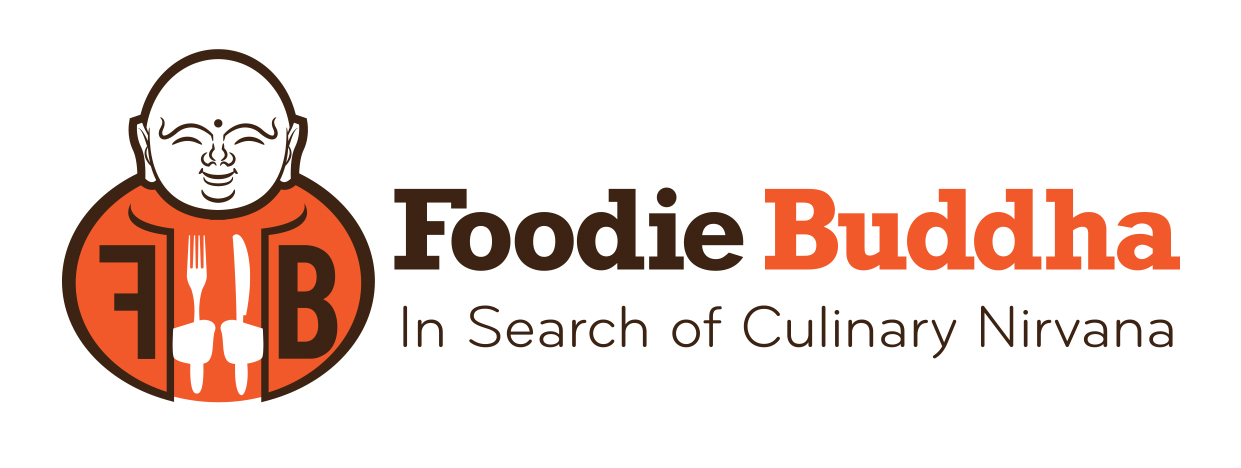
Every week, I get the feeling that somewhere, someone is watching Top Chef and asking themselves: “What the hell is ___?” Heck, sometimes I even find myself right there with those people. No matter how much I’d like to think I know … there always seems to be something that makes me go “huh?” So I thought it’d be a good idea to do a little "glossary of terms.” In this case, it’ll focus on those mysterious food terms that pop into our lexicon after showing up in an episode of Top Chef. Like my Poppy always used to say: “You learn something new everyday.” So consider this my civic duty for the week! 😉
Oh yeah, for those of you who have a habit of DVRing the episodes, I’ll do my best not to put in any significant spoilers. Feel free to read ahead!
We all know Season 7 is set in Washington D.C, our nation’s capital. This past episode was entitled “Cold War” and the episode’s guest judge was James Beard Award winner Michelle Bernstein. The elimination challenge focused on dishes best served cold. So let’s dispense with the formalities and get on with the Buddhacation. There were both some terms mentioned and ingredients used that I think should be explained. Interestingly, a number of them come from French cuisine.
Ingredients
Caul Fat
Caul fat is essentially just the membrane that surrounds the intestines of an animal. It’s found in four legged buddies like the moo cow, the ba’ah Sheep, or the oink pig. Because of it’s stringy appearance, it’s often referred to as “lace fat.” Eat Me Daily posted a really excellent write up on caul fat in late 2009.
Duck White Kidneys
Simply put – these are duck balls (or testicles for the more formal). Though they explained that in the episode … I couldn’t help but add it to this list!
Duxelles
Duxelles is a mixture of mushrooms and usually onions, shallots, and/or herbs that has been sautéed in butter. That mixture is then reduced to a paste/cream for use in things like stuffing or sauce. The concoction sometimes includes things like wine and can even come out as a pâté of sorts.
Long Pepper
Long pepper is also known as Javanese. It’s actually a fruit of sorts and is most often found in Indian and other Southeast Asian cuisines. Thanks to fellow blogger Fiddlehead Foraging, we now have a nice long description of this mysterious pepper.
Mâche (pictured at top)
Mâche, which sounds like mosh, is a springtime field green and most commonly referred to as lamb’s lettuce. There are two types of mâche. One type is dark green and cupped and the other is pale and elongated. WiseGeek has a pretty solid article on the leafy stuff.
Meunière
A meunière is a sauce/preparation. The preparation involves rolling a protein (often fish) in flour and then sautéing that protein in butter. The sauce is browned butter with lemon.
Mirepoix
A French term, mirepoix is a combination of carrots, celery, and onions. Sometimes raw, sometimes roasted, and sometimes sautéed, mirepoix is often used as the basis for soup stock. If you’ve had a French stew, you’ve had mirepoix.
Mise en place
It simply means “everything in its place.” Had enough French yet??? Chefs use this term to explain that they have all their ingredients arranged and organized in preparation for cooking.
Soubise sauce
A béchamel-based sauce containing strained or puréed onions. Béchamel is that cream sauce you see in French food as well as in Italian cooking. It’s made from scalded milk whisked with clarified butter and flour.
Tuile
Tuile, which appeared in the form of a mustard seed tuile on the show, is a thin and crisp cookie of sorts. It is a type of petit four and resembles a curved roof tile.
—
Okay gang, that wraps up this week’s “What Ingredient Was That?” I hope you found this post useful; please feel free to ask about other things or expand on what I’ve said down below in the comments!


Pingback: Top Chef DC: Power Lunch – What Was That Ingredient? [Buddhacation] | Atlanta Restaurant Reviews | Atlanta Food Blogs | Dining in Atlanta